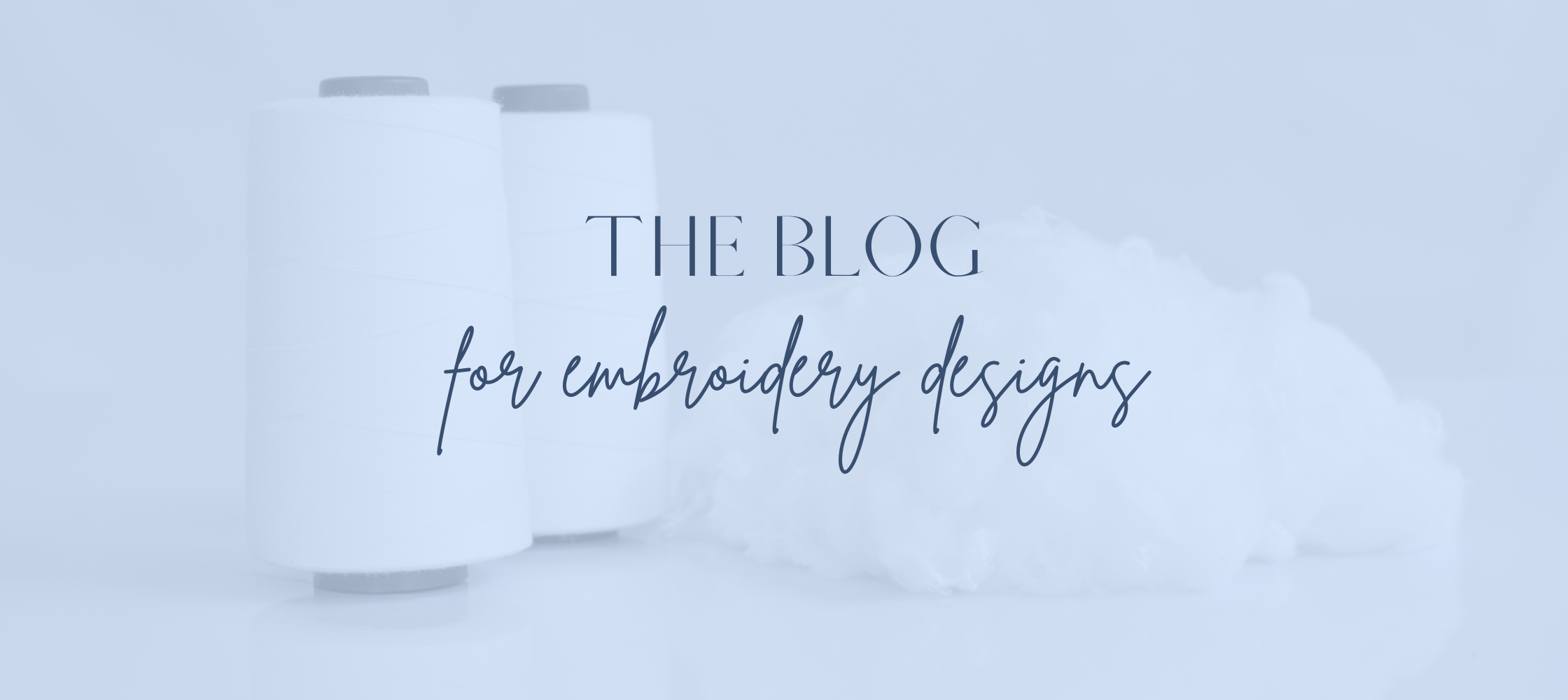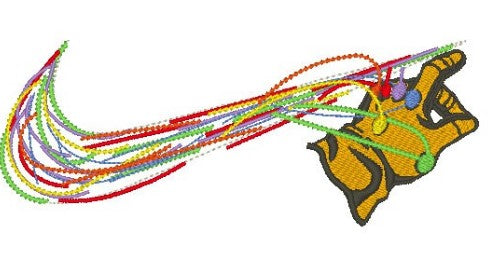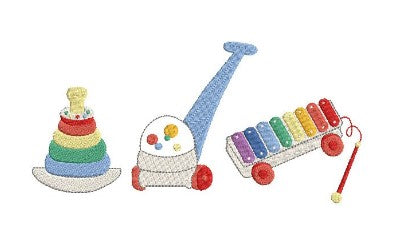What's the difference in embroidery and vinyl? Find the answers to various types of printing methods here!
Share
Embroidery, vinyl, screen printing, direct to garment (DTG), and other types of printing are all popular methods used to apply designs, logos, or images onto various surfaces, such as fabric, paper, or other materials. Each technique has its unique characteristics, benefits, and limitations. Here's an explanation of the key differences between these methods:
Embroidery: Embroidery involves stitching designs onto fabric using colored threads and a needle. It creates a textured, raised effect and is commonly used for adding logos, monograms, or intricate designs to garments like shirts, hats, or bags. Embroidery offers durability and a high-quality look but may be limited in terms of color gradients and intricate details.
 Vinyl: Vinyl printing, also known as heat transfer vinyl (HTV), involves cutting designs or letters from colored vinyl sheets and then applying them onto a surface using heat and pressure. This method is frequently used for customizing apparel, such as t-shirts, hoodies, or sports jerseys. Vinyl provides vibrant colors, precision, and the ability to create intricate designs, but it can have a slightly raised feel on the fabric.
Vinyl: Vinyl printing, also known as heat transfer vinyl (HTV), involves cutting designs or letters from colored vinyl sheets and then applying them onto a surface using heat and pressure. This method is frequently used for customizing apparel, such as t-shirts, hoodies, or sports jerseys. Vinyl provides vibrant colors, precision, and the ability to create intricate designs, but it can have a slightly raised feel on the fabric.

Other types of printing methods include dye sublimation, transfer printing, and digital printing. Dye sublimation uses heat to transfer ink onto materials, typically for polyester fabrics, resulting in vibrant, long-lasting prints. Transfer printing involves printing the design onto transfer paper and then transferring it onto the final material using heat. Digital printing uses digital files to directly print onto the surface, often used for paper or promotional materials.

Each printing method has its strengths and weaknesses, and the choice depends on factors such as the desired design, quantity, complexity, fabric type, budget, and time constraints. It's important to consider these factors when selecting the most appropriate printing technique for a specific project.




